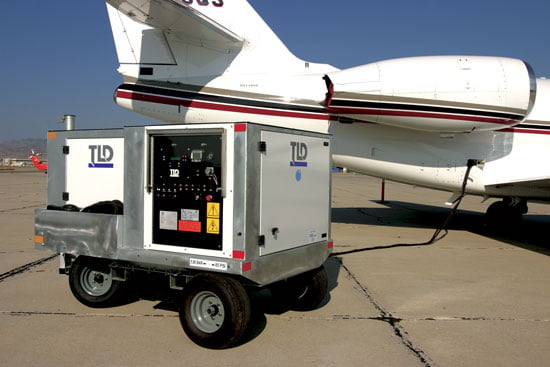

Aircraft supply all of their own electrical power in the air, according to Start Pac. They do this through the engines when everything is working well. If one of the systems supplying power while in the air malfunctions, power may be supplied through a generator known as an auxiliary power unit.
When an airplane lands, it does not want to use its fuel supply to provide electrical power. A number of devices scurry around the tarmac of many airports, providing electrical power and other services to the craft. One of these pieces of service equipment may be the ground power unit. This device saves fuel and it supplies electrical power to the airplane while it is loading and unloading.
This unit may take the form of a portable power supply, or a plane may be able to plug into the airport’s power lines directly. Standardization among most modern aircraft makes the task of plugging in the GPU easier. The average plane can run off of a 28 volt direct current connection.
These units also have another use besides providing power to a jet while it is waiting at a terminal. When a jet gets towed out to a runway, its engines are not running. Supplying power to a plane while it is waiting to take off is necessary for turbine starting and engine starting.
The traveler waiting for takeoff may not know that all of this is happening. He is probably busy enjoying the amenities of the flight. He may even be waiting for other passengers to finish boarding.
